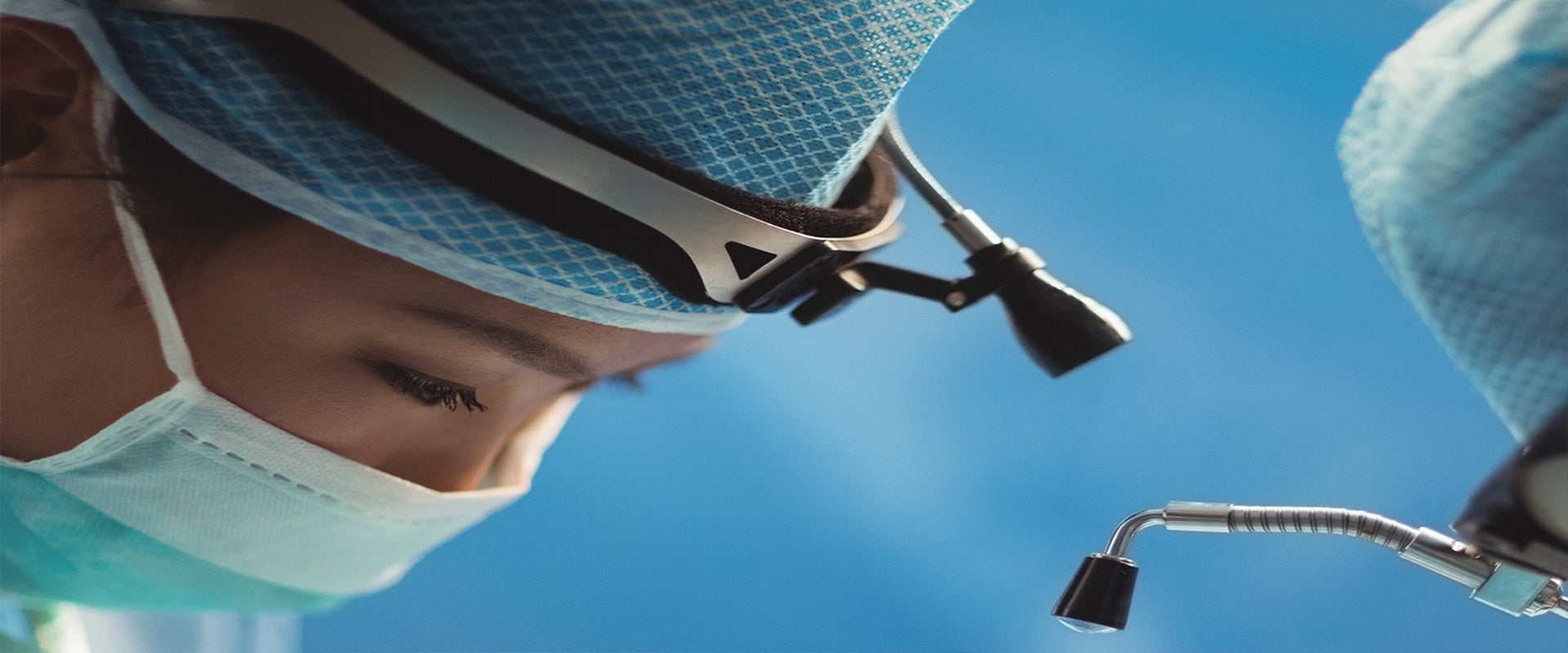
Ambulatory Surgery Centers: Becoming Big Business
- Volume XIX, Issue 25
- Executive Insights

UnitedHealthcare’s recently announced acquisition of Surgical Care Affiliates (SCA) represents the latest signal that the $30 billion ambulatory surgery center (ASC) segment is moving to the forefront of the rapidly evolving healthcare market. In this Executive Insights, L.E.K. Consulting looks at the various factors favoring further share gains for these value-oriented care facilities.
Ambulatory surgery centers, or ASCs, are freestanding outpatient care facilities offering same-day procedures without high risk of complication. Over the past decade, market growth has been fueled in large part by an increase in the number of surgeries, a general movement toward outpatient settings, and a particular shift of volume away from hospital outpatient departments (HOPDs) toward ASCs (see Figure 1). In 2015, the ASC segment accounted for around 35% of surgeries, representing approximately 10% of surgical care revenue. On average, surgeries performed in ASCs cost 60% of what the same procedure would cost in the HOPD setting, as ASCs have lower overhead costs compared with hospitals and thus are reimbursed at a lower rate. The potential for ongoing cost reductions and increased efficiency points to further ASC growth, particularly as value-based care continues to gain traction.
The period from 2004 to 2010 saw the largest increase in the number of ASC facilities as growth reached a robust 4-5% CAGR, with more modest gains over the ensuing five years (1-2% CAGR). Over 2010-15, the number of ASC operating rooms (ORs) increased 2-3% per year as new construction increasingly skewed toward larger facilities and existing facilities added OR capacity. As the sector matures, its growth is slowing, but it is steadily consolidating on two levels. In local markets, 44% of facilities now have three or more ORs, up 5% from 2010. Nationally, leading ASC management companies such as AmSurg, USPI and SCA (part of Envision, Tenet and now UnitedHealth Group, respectively) have consolidated an additional 5% of facilities since 2010 to reach 17% share in 2015, while at the same time being acquired themselves by large healthcare organizations.
Despite a slowing facility growth trajectory, ASC volume and per-case net revenue are expected to trend higher over the next five years, growing at approximately 3% and 3-5% per year, respectively. In particular, spine and orthopedic procedures are expected to see substantial growth in ASC share of volume as medical practice advances pave the way for more complex, higher-acuity cases to be handled away from the hospital campus (see Figure 2). At the same time, managed care organizations (MCOs) are becoming more adept at encouraging appropriate migration to lower-cost/higher-quality settings.
While slightly more than 20% of ASCs are currently operated by professional management companies, the majority (nearly 60%) remain physician-owned independents (see Figure 3). Going forward, however, increased emphasis on value-based care, along with more sophisticated MCO contracting practices, could encourage more standalone practices to join with these management firms. In addition, hospitals are increasingly looking to build or acquire ASCs in an effort to extend their community footprint.
The recently announced acquisition of Surgical Care Affiliates (SCA) by UnitedHealth Group makes strategic sense for a number of reasons. For UnitedHealth, the deal represents continued diversification into a high-growth/high-margin provider segment aligned with its broader objectives around care delivery integration, as well as a platform for potential expansion into international territories (where ASCs are only now beginning to take hold). By joining forces with UnitedHealth’s OptumCare, a primary- and urgent-care delivery services business, SCA has the potential to achieve accelerated growth through MCO alignment and care integration, as well as piggyback on UnitedHealth’s increasing international efforts.
Facility growth will be challenged. As noted above, net U.S. facility growth has slowed to 1-2% per annum (2-3% in net new ORs). Acquisition growth will also be limited. Only 1-2% of facilities are sold annually, in highly competitive transaction processes, and few scaled targets remain.
However, top-line growth will remain solid as ASC procedure growth is projected to drive same-store procedure growth of 4% per operating room, and as revenue per procedure increases (at average complexity).
In addition, management companies are positioned to take advantage of the focus by MCOs on finding ways to encourage the use of ASCs. National/multistate MCOs seek ASC partners with scaled networks that can cover substantial portions of their membership footprint. Other MCO tactics include:
And for the more adventurous, nascent global ASC markets provide an upside opportunity for facility growth. A detailed L.E.K. analysis of the surgery market in China showed increasing focus on OP utilization, cost reduction and patient access — all factors pointing to increasing ASC formation and penetration in the near future. Obviously, broad ASC traction combined internationally with the appropriate resourcing could dramatically increase new facility growth in the medium term.
With 35% share of total U.S. surgical procedure volume — and after a string of acquisitions resulting in the top ASC management companies now being owned by leading healthcare organizations — ASCs are maturing rapidly from a cottage industry to a leading sector in the transformation of healthcare. Expect continued growth and consolidation in the U.S. ASC market, as well as potentially significant growth internationally.